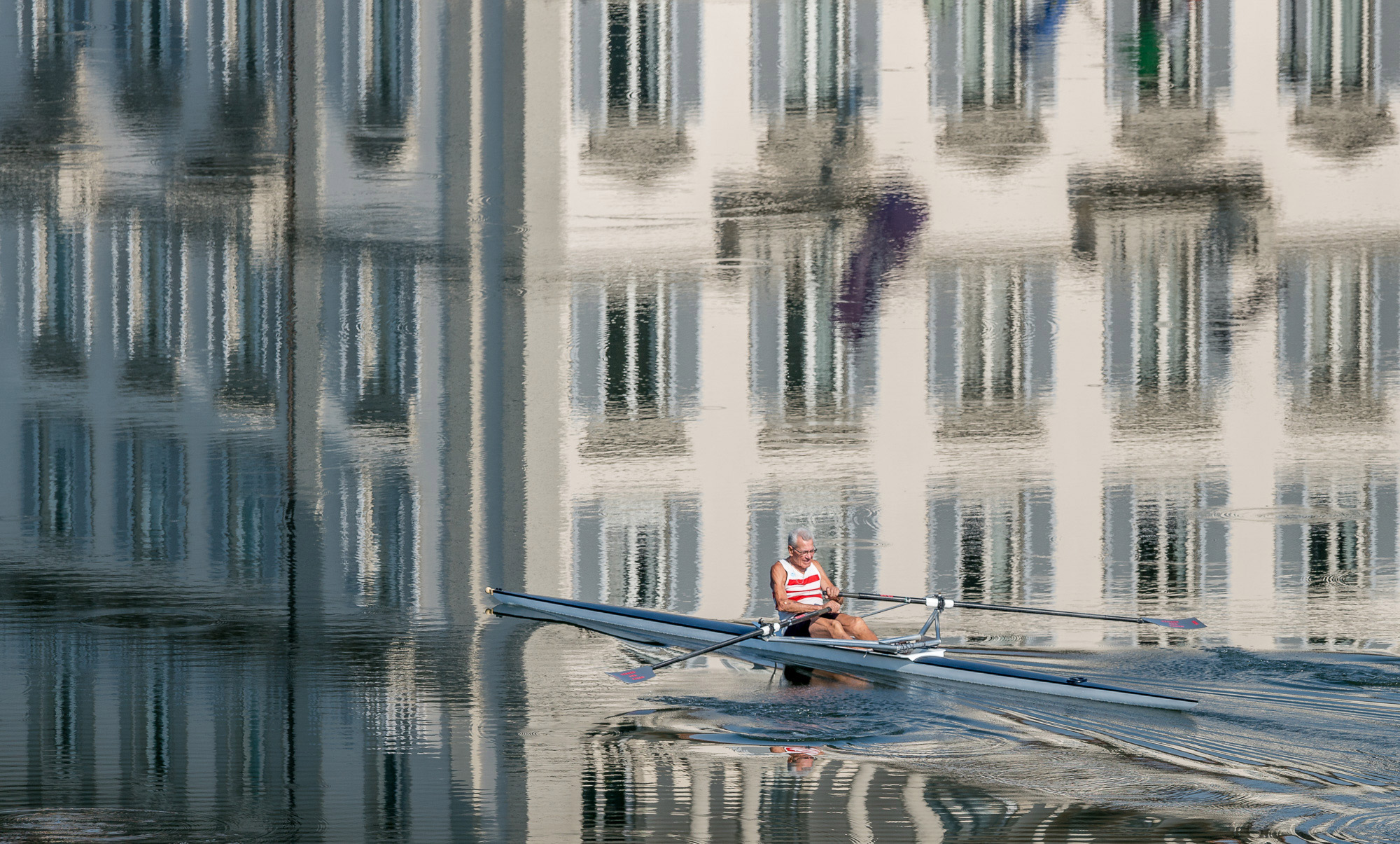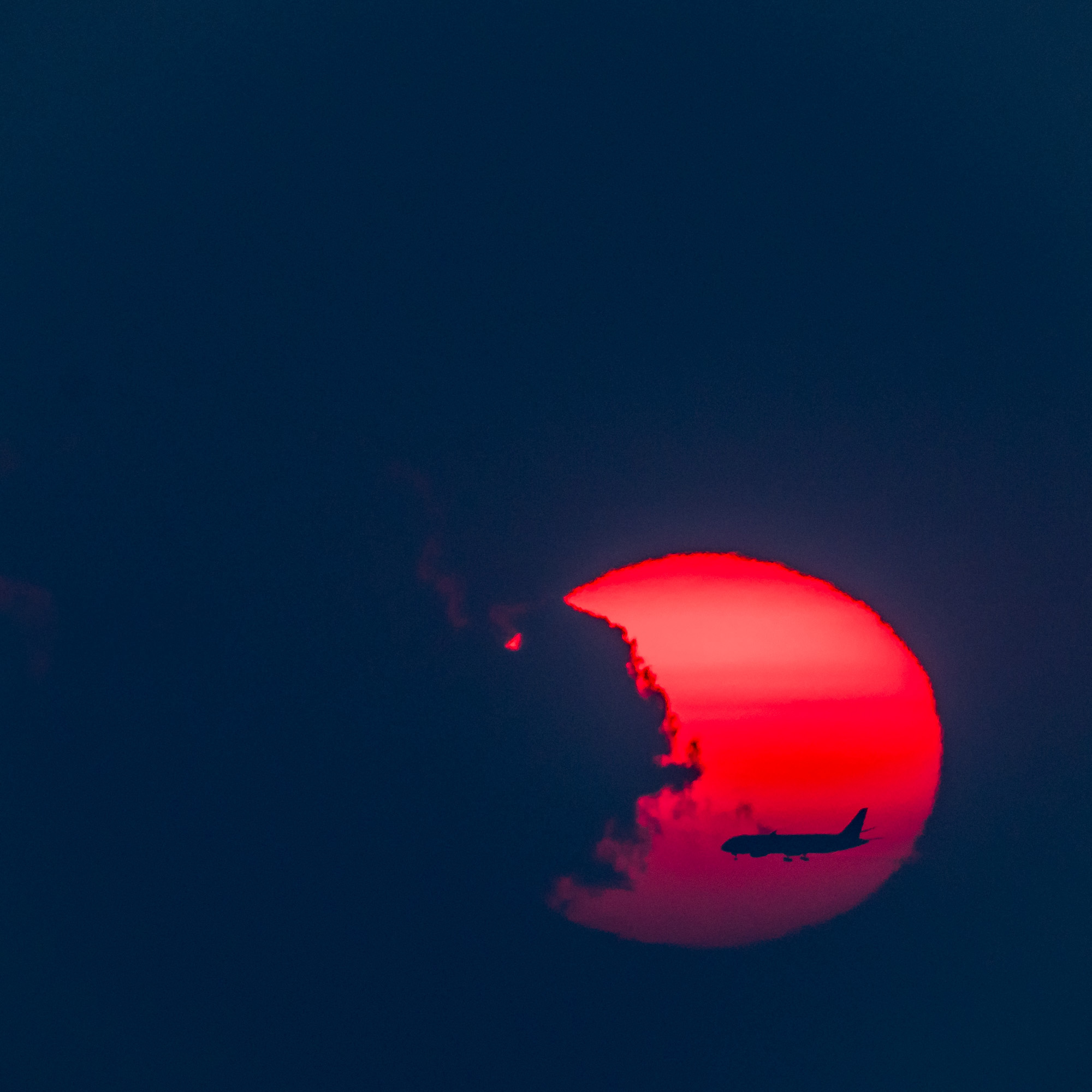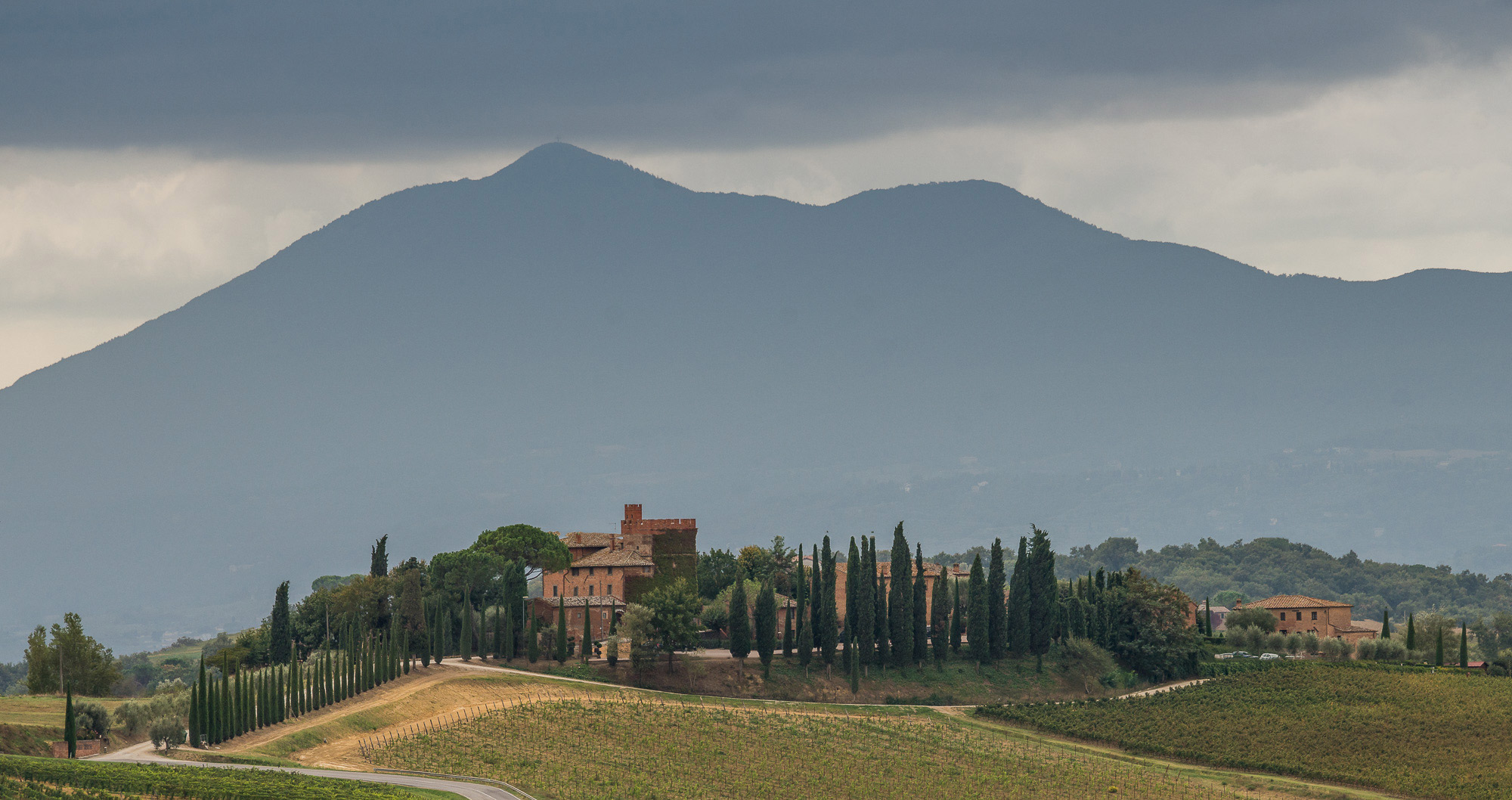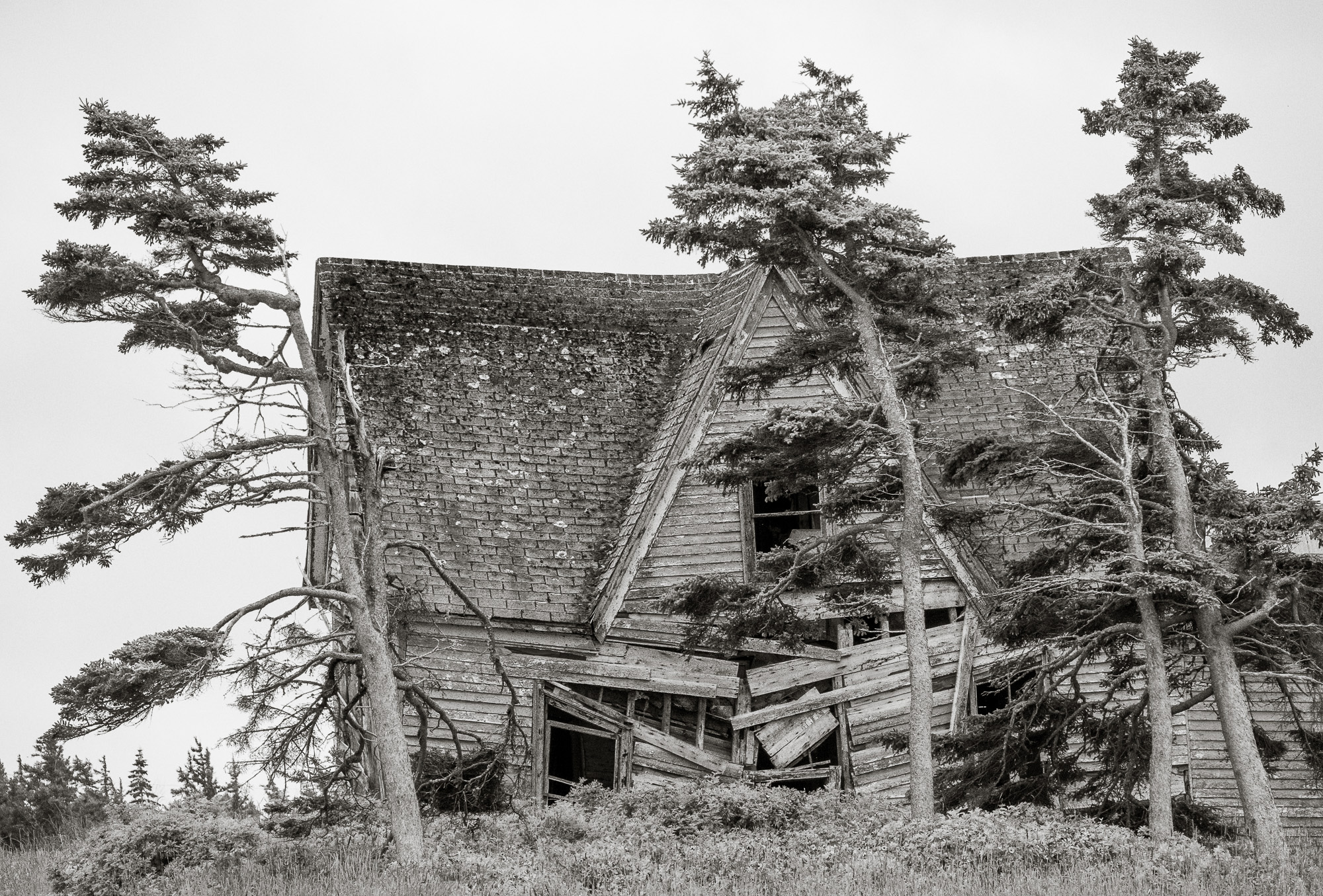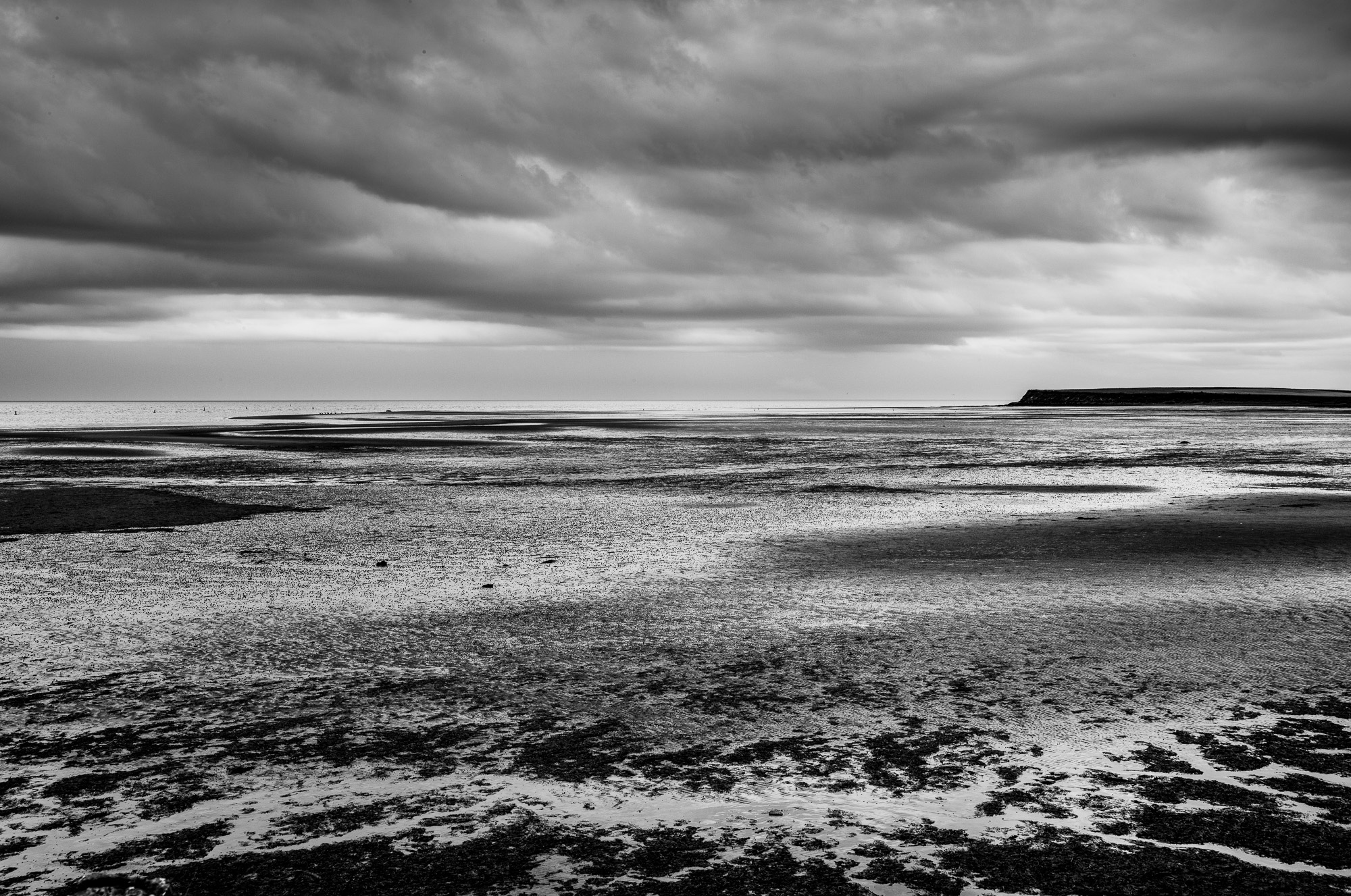

After burning out from a decade of recording music and touring, I spent a few years running a clothing and fine art/fashion magazine shop in the west end of Toronto. It was stationed across the street from the largest mental health facility in the country. This was during the tail end of an era in my city where a community of artists and makers were mostly not yet priced out. I remember Adam coming into my shop and we connected briefly, likely over some mutual friends. I quickly noticed the unique energy and grace he captured as a person when moving about the shop. We chatted, something clicked beyond community and the usual links of those days. I had an awareness that he was an observer with a refined radar who engaged deeply with what he saw and moved around it in a refined way.
When I discovered his photographs I was not shocked by their quality or by the organization and insightful soul which they keep in balance. His latest work inspired me and Adam was gracious enough to open up for us about his practice.


JR: I was instantly struck when I saw your work. Irene my partner suggested that they leave a chiaroscuro like impression and evoke Kurosawa. Something in the atmosphere and light makes the characters in the shot seem like miniatures or posed sculpture, and yet there is a kinetic strength there too. There is also this disorienting sense of place or of the placeless to your frames. Right away I was aware of this loving warmth (perhaps that’s the light) extending to your subjects. I can’t tell what city or what decade you are shooting in and for me that is exciting. There is a strange boundary in your frame and it feels dreamy and yet grounded. They are great photographs.


JR: Where are you looking, and what are you looking for when you find a shot?
AK: Before I’m looking for people I’m looking for light, usually scenes in the later afternoon where a street is hit with angled sunshine for a bisection of light and shadow. When I’m walking through cities with my camera I have a sense of where those scenes will present themselves and I visit them, often repeatedly, until people walk through them. I usually step off the sidewalk to shoot perpendicular to it, from the outside in. The sidewalk becomes a stage, the person the actor, the city the scene. I try to enclose the frame completely with the city when possible; all brick and built environment.


AK: There’s a tension that this creates between a seemingly formalized composition and an improbably random actor moving through it, a tension between candid and staged. In trying to resolve that tension the photos hopefully become engaging to viewers and in that space I try to illuminate the beauty of strangers moving through cities.




JR: There are a lot of lonely looking subjects in your photographs. I’m not sure if I am projecting that, but that’s what I picked up. Is that intentional, or something you find your self documenting, if at all?
AK: People often comment on the loneliness in the photos. Cities can be paradoxically lonely. You’re surrounded by so many people yet isolation can be accentuated because they’re strangers. And paradoxically, focusing on someone through a camera brings you closer to them while at the same time creating a barrier between your face and theirs. I think that comes through in the photos I make.
JR: How does light play a role for you?
AK: Light is the primary thing. I know when and where the light is going to be great in a city at a particular time and season. I don’t really go out to shoot on overcast days. I’m always watching the sky. For the photo of the two sunbathers, I was wandering through a Schrebergarten in Berlin and saw this couple asleep in their yard. It had been sunny but then clouds had rolled in. I watched the horizon for a bit and saw that an interval of clear skies was coming in a while, so I hung out a half hour until the clouds cleared and the sun shone through, and shot the photo.




JR: How important is gear for you?
AK: I shoot almost exclusively with a 50mm in most cities and don’t even bother bringing other lenses anymore so in that sense I don’t think much about gear.
JR: What does the idea of landscape mean for you?
AK: Conventionally speaking a landscape is absent of people, i.e. not a portrait, but it can define identity by way of evoking a sense of place. A landscape is a thing that is seen by a viewer so it involves a human presence by its nature.


JR: Do you carry a camera at all times, or is your work a product of some kind of mission?
AK: I used to carry my DSLR all the time but in the smartphone era it’s not necessary. I can still do photography with my iPhone even if the technical quality of the pictures isn’t as good as a DSLR. When I’m photographing I’ve got my 5D and I’m out solely for that purpose.
JR: I know that you love dance, how does movement or lack of movement play into your own practice, both for taking pictures and in the topics or scenes you shoot?
AK: I was a photographer long before I was a dancer but rhythm has always been an important part of my process because I’m listening to music and walking for endless hours when I’m wandering through cities to photograph. I press the shutter button in sync with a person’s step, gesture, or reach. There’s a choreography to it all that I’m acutely aware of and that sensitivity informs and is informed by my dance practice.
JR: Many of our readers are interested in printing techniques, what do you look for in a print and what’s your preferred print size etc?


AK: When I show work I prefer to make larger prints, around four feet wide as that provides space for viewers to scan or ‘read’ the image like a landscape. I see a lot of digital prints that have terrible fringing (that purple/blue halo around edges) that are made worse by interpolating to larger file sizes. You can mitigate a lot of this with software and lens profiles, and the rest should be corrected by hand. Chromatic aberration doesn’t look too bad on a screen but when translated to the print medium it looks awful to me.
When I make prints I’ve found it’s critical to add grain. I shoot with a DSLR and prints made without adding grain look way too ‘digital’ to me like they’ve got a thin coat of vaseline on them. Perhaps it’s just a historical bias from the film era that we consider grain ‘authentic’ but without it digital prints look bad. I don’t have an exact formula for grain size and contrast, it really is a trial an error process with proofing prints at various combinations. When people see my prints I’m often asked what kind of medium format camera I’m using and they’re surprised to hear I’m using a 5D.


JR: Thoughts on the state of the art of photography in the age of Instagram?
AK: I stopped photographing with a DSLR for a while due in part to how Instagram and social media, in general, has changed the way we look at photographs. How I see through the viewfinder of a traditional camera is very different from the tiny dimensions of a photo displayed on a phone, especially a landscape orientation image scaled way down on Instagram. It’s so much smaller. The people in my photographs take up maybe one-tenth of the frame so they’re reduced to near insignificance at Instagram dimensions.
Then there’s the new social part to photographs in the Instagram age that I think can’t help but influence the types of images that are being made. The likeableness of an image has become essential in photographs; it is an essential part of the medium as much as the glass in a lens that bends the light. It’s not a bad thing, I’m not bemoaning the loss of some golden age of photography. It’s just something that has to be considered when making photos for that medium. I think it’s most appropriate to make images for Instagram with a smartphone, it’s most integrated with the medium. I appreciate that social media has elevated general photo literacy, it has served photographers well.
JR: What would you offer as poetic advice or parting words to the “street photographer” (or to any photographer).
AK: It’s hard to point a camera at a stranger in the streets. It’s okay to be nervous about it because you’re acknowledging their humanity in their self-consciousness of being seen. It’s okay to look, even if you’re both uncomfortable in the moment.
For more of Adam’s work







